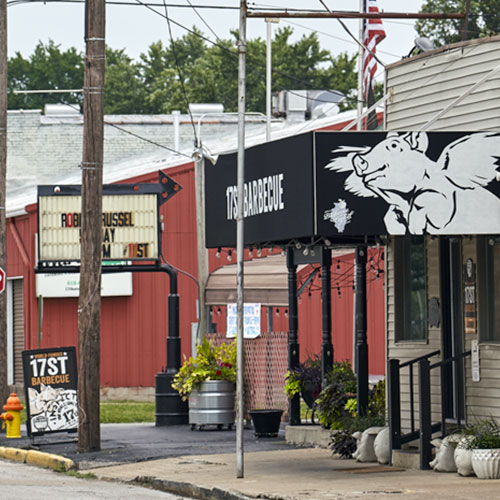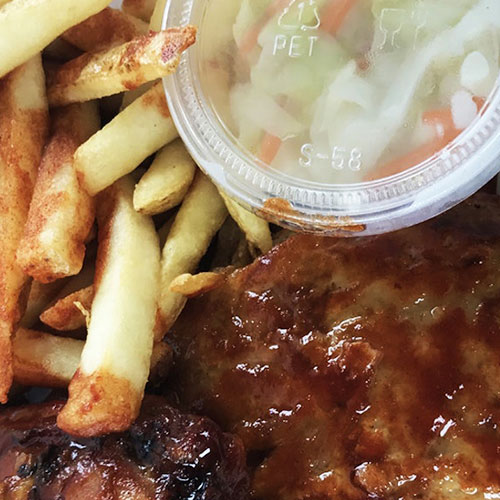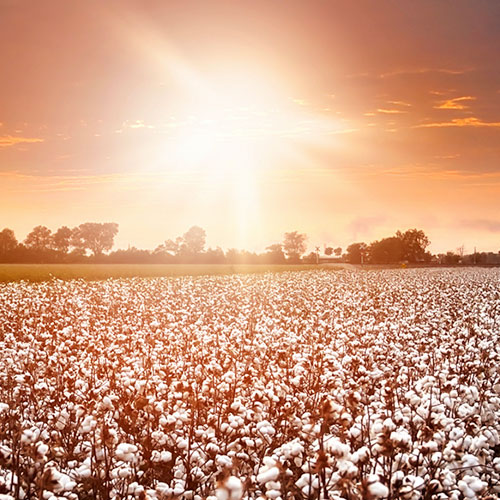After Charla Draper moved to Birmingham, Alabama, she found a taste of home at a barbecue joint called Big Daddy’s. “It was the best barbecue in the city,” says the writer and Illinois native, formerly a food editor at Ebony and Southern Living. “I tried some and said, ‘This tastes the way barbecue tastes in Chicago!’”
Southerners might object to the comparison, but it makes sense. Black pitmasters from below the Mason-Dixon created Midwestern barbecue. Their cooking evolved, as barbecue always does, incorporating new cuts of meat and adapting to cold winters and the limitations of big-city cookhouses, but it still links the South and the South Side of Chicago.
The father of Kansas City barbecue came from Tennessee. After working in steamboat restaurants on the Mississippi and Missouri Rivers, Henry Perry moved to Kansas City in 1907. A year later, he set up a barbecue stand in the city’s Garment District. As demand for his smoked meats grew, he moved into a former trolley barn, which became Perry’s Barbecue, the first barbecue joint in the city.
The business kept growing, expanding to three locations. It would be the most influential barbecue joint in the city’s history if the story ended there, but it doesn’t. When Perry died, he left the restaurants and recipes to Charlie Bryant, who sold them to his brother, Arthur. If you know anything about Kansas City barbecue, you probably know about Arthur Bryant’s, the joint that critic (and Kansas City native) Calvin Trillin famously called “possibly the best single restaurant in the world” in the 1970s. Another one of Perry’s proteges, Arthur Pinkard, helped George Gates build the equally iconic Gates barbecue empire.
During the Great Migration, from about 1915 to 1975, some six million Black people left the Jim Crow South for potential opportunities in booming northern cities including Philadelphia, New York, St. Louis, and Chicago. The Mississippi historian Neil McMiller writes that “the story of the Great Migration is among the most dramatic and compelling in all chapters of American history,” and yet it’s often a footnote in history books, too rarely recognized for its cultural influence.
About half a million Black Southerners settled in Chicago. Adjusting to the place and climate, they developed the ingenious cookers now called aquarium smokers: tempered glass boxes that contain the smoke and fire of real barbecue. They adapted their menus, too, to use the meatpacking capital’s supply of affordable ribs—including rib tips, sliced-off bits then considered scrap—and sausage. The cuisine they created, defined by rib tips, hot links, tomato-based barbecue sauce, and a unique, sweet-and-tangy condiment called mumbo sauce, was new, but it was true to the resourceful spirit of traditional barbecue. What whole hog and vinegar were to Eastern North Carolina and Virginia, meatpacking scrap and canned tomatoes were to the Midwest.
“The old-timers were savvy enough to take [rib tips] that other folks looked at as scrap and turn that into revenue,” Gary Kennebrew, the pitmaster at Uncle John’s BBQ in Chicago, told The Sporkful in 2018. “That’s part of the history of being Black.” You can taste that resourcefulness in St. Louis’s snoots, crisp pig snouts served alongside hot links and pork steaks at Black-owned joints like Smoki O’s. You can taste it in Kansas City’s famous burnt ends, overcooked brisket bits reimagined as saucy snacks at the Black-owned Bryant’s.
“Rib tips and burnt ends—those are two things that come from Black joints outside the South,” says writer and historian Adrian Miller, author of the new book “Black Smoke: African Americans and the United States of Barbecue.” “Part of that is the proximity to stockyards and slaughterhouses. Black entrepreneurs could work with that.” White customers took notice. “They were willing to break color lines because the food was so good,” Miller says.
Black pitmasters and restaurateurs are still redefining barbecue in the Midwest. “There’s new-school barbecue places doing brisket and prime meats and old-school places that are still doing snoots,” says Ben Welch, formerly of Big Baby Q and Smokehouse in St. Louis. “We try to take the best of all worlds and make it our own. I was asked ‘Why don’t you do rib tips?’ I got some flack for that. I wanted to be seen as doing the modern thing. But it’s important to keep the older [joints] alive. It’s about holding on to that connection.” Welch’s ribs and brisket earned him a spot on Food & Wine’s 2018 roundup of the best barbecue joints in the U.S.
And maybe we can start talking more about what they’ve been doing for Midwestern food culture for generations, says Charla Draper. “I’m glad there’s more interest in our food and legacy.” Black Southerners brought a lot more than barbecue to the Midwest, but snoots and aquarium smokers tell one story about how they adapted to and transformed life in the Midwest.




